THE GEAR • August 2020
Five of the best aviation-inspired watches
Since the early days of reaching for the skies, the pilot’s humble wristwatch has played a crucial role in the cockpit – from navigation to backup clock to plain old superstitious sentiment. Watch writer Alex Doak talks us through five of the finest investment pieces with their own stories to tell
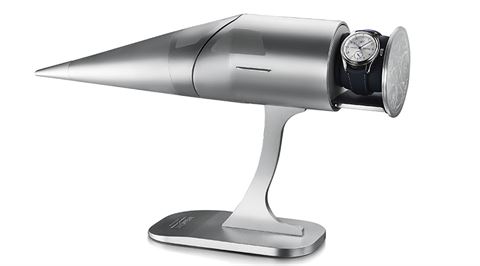
Bremont Supersonic
Every year, the 15-year-old watchmaker from Henley-on-Thames releases a limited-edition watch, invariably embedded with priceless chunks of the specific aeroplane, boat or even WWII code-breaking facility it celebrates – and always in keeping with Bremont’s plucky British adventurousness. The Supersonic (from £9,495) marks – as you’ll guess from the name – 50 years of Concorde. Incorporated into the watch’s precision mechanical works is aluminium from the third of 14 Aérospatiale/BAC-built aircraft, which carried passengers across the Atlantic, 11 miles up, at twice the speed of sound for 27 years.
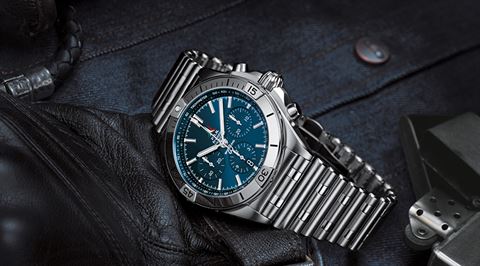
Breitling Chronomat B01 42 Frecce Tricolori
The Chronomat (£6,780) has become the flying ace of Breitling’s pioneering pilot-watch fleet – a regular fixture of cockpits both commercial and military. Back in 1984, it first launched into a market dominated by extra-thin watches fitted with new-fangled battery-powered quartz. The idea of chunky proportions and a stopwatch-fitted ‘chronograph’ powered by old-fashioned mechanics, was unthinkable. Yet here we are, nearly 40 years on, still in love with the Chronomat’s iconic ‘Rouleaux’ metal bracelet and rotating bezel with ‘rider tabs’ protecting the crystal. This highlight of the newly refreshed collection is named after the jet display team of the Italian Air Force, whose 1983 collaboration with Breitling led to the legendary watch itself.
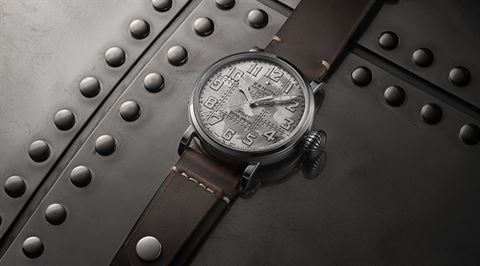
Zenith Pilot Type 20 Extra Special
At the dawn of powered, heavier-than-air aviation, the nickname ‘le roi de la casse’ (‘king of wrecks’) did nothing to deter Louis Blériot, the original magnificent man and his flying machines, who went on to forge France’s reputation as a leading nation of aviators. Curiously, one of Blériot’s pioneering efforts, in 1909, was at the behest of the Daily Mail, which offered a £1,000 prize to the first to fly the English Channel. Having taken off from Calais at 04:41 in his own Type XI monoplane and landed with a bump on a Dover hillside one foggy flight later, the Zenith pilot watch on his wrist – “which I use regularly, and cannot recommend highly enough” – informed Blériot that the trip had taken 36 minutes and 30 seconds. Zenith’s flying chops maintain altitude thanks to the Swiss watchmaker’s Pilot Type 20 range (from £6,100), complete with ‘onion’ crown and instantly readable dial. Handlebar moustache optional.
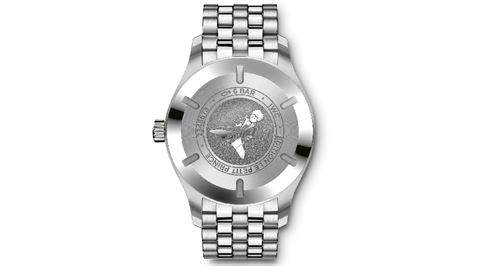
IWC Pilot’s Mark XVIII Edition ‘Le Petit Prince’
Along with Breitling and Zenith (and, arguably, Longines), IWC is another standard-bearer of airborne timekeeping, and this handsome daredevil (£4,090) is as pure a distillation of the watch brand’s piloting pedigree as you could wish for. It’s a seventh-generation direct descendent of 1948’s antimagnetic Mark II, which served RAF pilots till the 1980s – itself descended from the standard-issue infantry watch specified by the Ministry of Defence during WWII, tendered out to 12 different watchmakers (collecting all of them – the ‘Dirty Dozen’ – is every watch nerd’s Holy Grail). This blue-dial edition pays tribute to the famous novella by Antoine de Saint-Exupéry who, as well as authoring Le Petit Prince in 1943, had gained fame more than a decade prior with Vol de Nuit, based on his own hairy experiences as a night pilot for the Buenos Aires postal service.
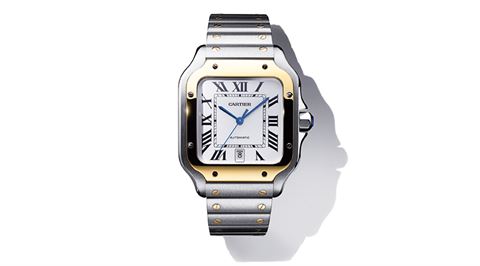
Cartier Santos de Cartier
Arguments persist about who made the very first watch for the wrist. But, occasional ‘wristlets’ for wealthy, pocketless ladies aside, the first to be commercialised was by French jeweller Cartier. Not only did it dare to suggest that men of the time (1904, to be precise) adopt a more effeminate means of rocking the time, but the design of the Santos (from £9,200) was, and still is, a riot. It’s appropriate, given its namesake Alberto Santos-Dumont was a showboating airman famous for flying his dirigibles carelessly close to the Eiffel Tower in fin-de-siècle Paris. As he switched to powered craft of his own invention, he reached out to his good friend and fellow bon viveur Louis Cartier, requesting a wristwatch that could free him to concentrate on the cockpit controls, instead of having to fish around in his pockets. The result was an instant horological icon, which, though more likely to be spotted on the upper deck, is top-flight fare wherever it’s found.
Every time you spend £120 through eStore before 31 August, you’ll collect 200 extra Avios. For full terms and conditions, click here
This article has been tagged Technology, Travel Tips
More from previous issues

The best of British Airways news
First-look updates for lounges, the on-board experience, your new personal protection packs and more

The Club’s guide to London’s secret green spaces
We escape the crowds in one of the world’s greenest capital cities and meet some dinosaurs along the way

The Avios eStore guide to California
Pour a glass of zingy Sauv Blanc and let the Golden State come to you, with our top picks of Cali-inspired shopping

How to pack for a camping holiday
Adventurer and travel writer Phoebe Smith gives the lowdown on go-to gear for nights under the stars
